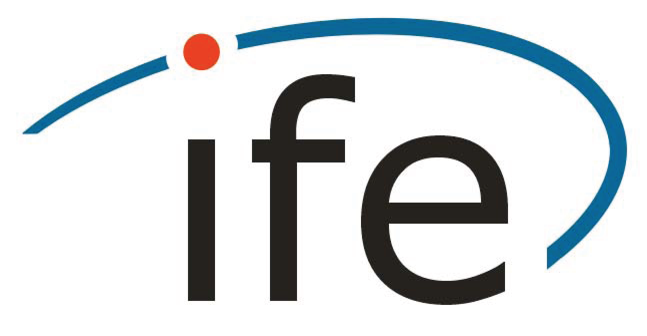Influence of Receiver Clock Modeling in GNSS-based Flight Navigation
Concepts and Experimental Results
- authored by
- Ankit Jain, Steffen Schön
- Abstract
In civil aviation, navigation performance has to be maintained up to a high standard for its uninterrupted operations. Global navigation satellite systems (GNSS) coupled with other navigational aid system provide the required performance levels for flight operations. In GNSS based position estimates, the vertical component is less accurate than the horizontal component; it is specifically due to the necessity of estimating a receiver clock bias. In all phases of flight navigation, the accuracy of height component is extremely important. With the concept of receiver clock modeling (RCM), sometimes also referred as clock coasting, the accuracy of the vertical component can be improved by a large extent. In this paper, we present experimental results of GNSS code-based flight navigation with and without RCM. GNSS observations are captured during a flight for about three hours with multiple geodetic grade GNSS receivers and an inertial measurement unit (IMU). Some of the receivers are connected with external atomic clocks to analyze the feasibility and validity of RCM in flight navigation; also to study the impact of flight dynamics on the external clocks and GNSS observations. Data captured are processed post-flight; position and clock errors are estimated with multi-GNSS code and Doppler observations using a Kalman filter (KF) approach. The estimated position and clock errors are computed twice, once by applying the concept of RCM and once without applying it. Finally, the estimated positions are compared with the reference trajectory and the topocentric coordinate differences are evaluated. Experimental results demonstrate that the precision in the height component is improved by about 65% using GPS and Galileo P-code observations with RCM applied compared to a positioning solution without applying RCM. Overall, there is no significant difference in the horizontal components for the solution computed with and without RCM. The effects of flight dynamics on external atomic clocks and GNSS observations are also discussed briefly. There exists a high correlation (about 90%) between flight acceleration and the frequency offset of an external atomic ovenized quartz oscillator during a highly dynamic maneuver phase.
- Organisation(s)
-
Institute of Geodesy
- Type
- Conference contribution
- Pages
- 208-218
- No. of pages
- 11
- Publication date
- 04.2020
- Publication status
- Published
- Peer reviewed
- Yes
- ASJC Scopus subject areas
- Signal Processing, Aerospace Engineering, Control and Optimization, Instrumentation
- Electronic version(s)
-
https://doi.org/10.1109/PLANS46316.2020.9109925 (Access:
Closed)
-
Details in the research portal "Research@Leibniz University"




